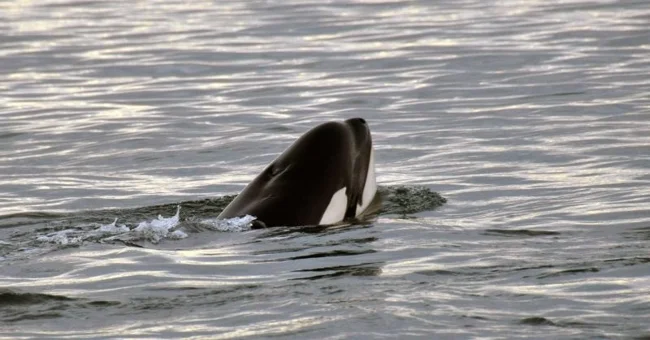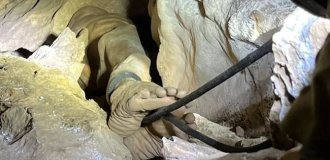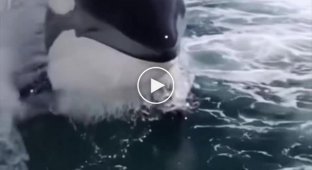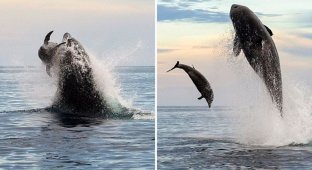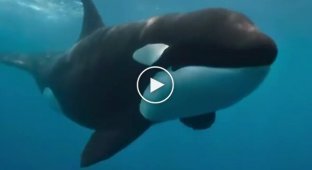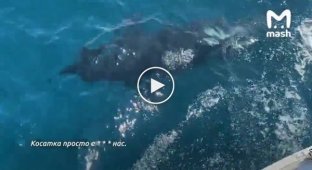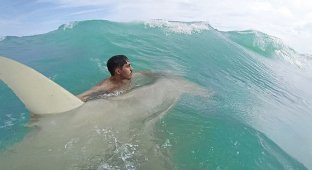DNA analysis helped to establish who is responsible for the death of a great white shark (4 photos)
It's been a year since a great white shark was found with horrific wounds and no internal organs on the shores of Victoria, Australia. Now scientists have found out what gutted the 4.5-metre predator. 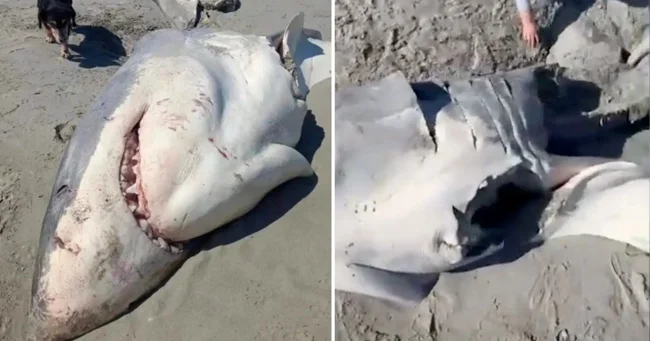
The remains of a great white shark, also known as a carcharodon, were found in October 2023 off southeastern Australia.
According to a study published this week in the scientific journal Ecology and Evolution, the attack was carried out by killer whales and sevengill sharks. 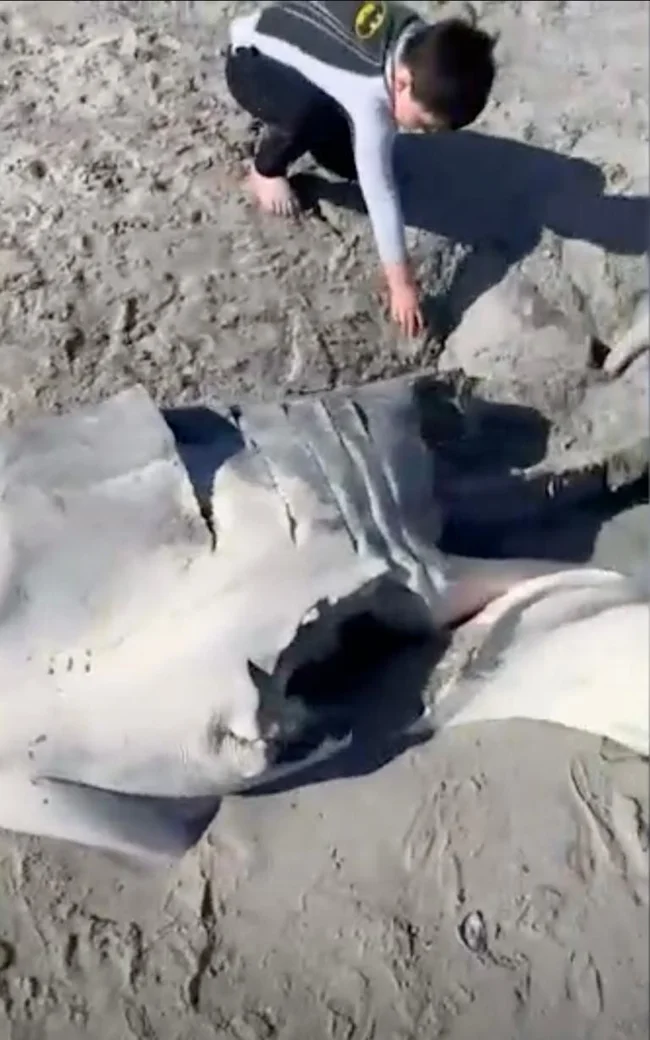
"The carcass attracted public attention because of its size, bite marks, and suspicion that it was the victim of a killer whale," the article said.
While the head, spine, and fins were intact, the middle section of the carcass, including the liver, digestive organs, and reproductive organs, was missing. The shark was covered in bite wounds, including a 50-centimeter (20-inch) one. Scientists took 15 swabs of genetic material from four wounds and determined that the largest was inflicted by a killer whale. DNA from a sevengill shark was found in three smaller wounds. 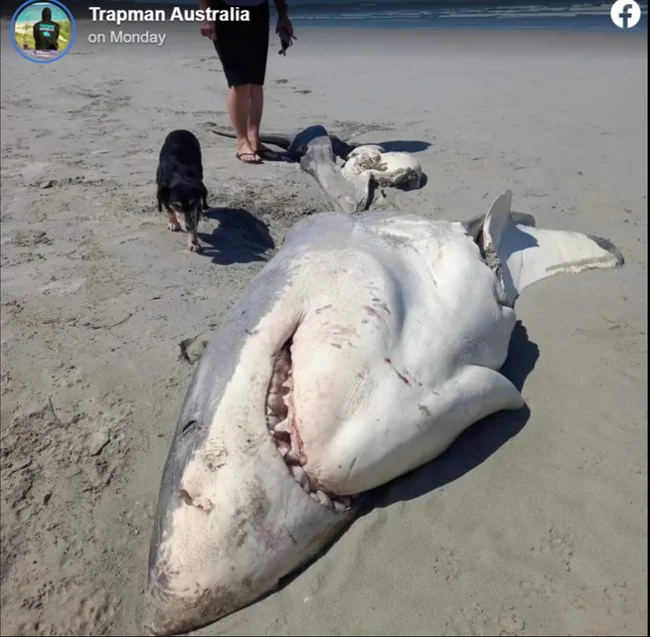
Over the past decade, killer whales have been spotted hunting sharks off the coast of South Africa, but this news shows that the behavior is spreading in killer whale populations around the world.
"These findings confirm that killer whales are targeting great white shark livers in Australia, suggesting that such predation is more widespread globally than previously thought," the expert said. 